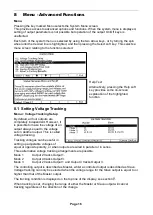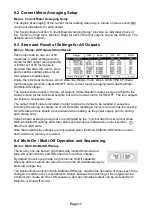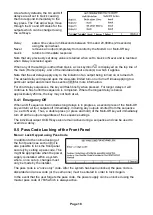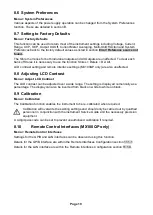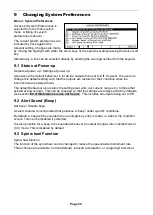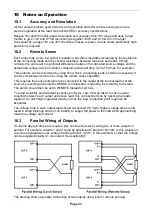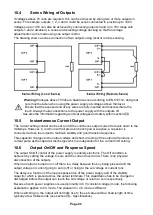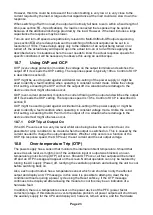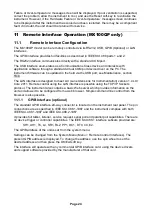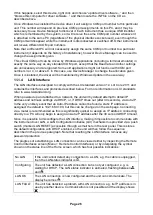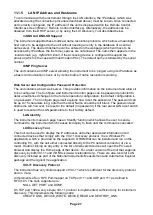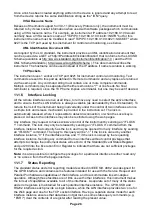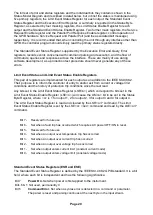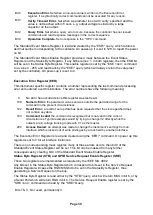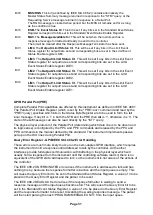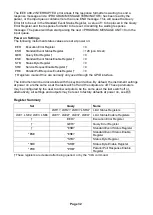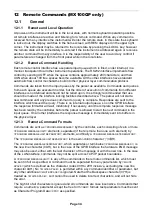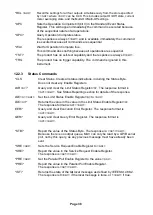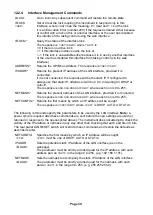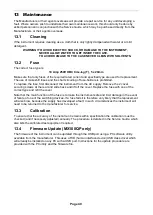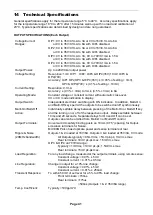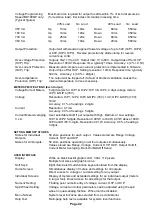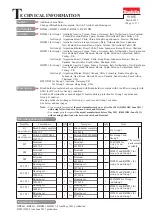
Page 27
11.1.5 LAN IP Address and Hostname
To communicate with the instrument through the LAN interface, the IP address (which was
allocated during the connection procedure described above) must be known. Once connected
and correctly configured, the IP address of the unit is displayed within the Remote Control
Interfaces screen (Menu > Remote Control Interfaces). Alternatively, the address can be
obtained from the DHCP server, or by using the LXI Discovery Tool described below.
mDNS and DNS-SD Support
The instrument supports these multicast name resolution protocols, which allow a meaningful
host name to be assigned to the unit without needing an entry in the database of a central
nameserver. The desired hostname can be entered on the webpage (which will have to be
accessed by IP address the first time); spaces are not allowed. The name then appears in the
.local domain (e.g. myMX100.local), if the accessing device is configured to support the
protocol (which is the case with most modern PCs). The default name is followed by the serial
number.
ICMP Ping Server
The unit contains an ICMP server allowing the instrument to be ‘pinged’ using its IP address as
a basic communication check, or by its host name if name resolution is working.
Web Server and Configuration Password Protection
The unit contains a basic web server. This provides information on the instrument and allows it
to be configured. The Configure and Instrument Control pages can be password protected to
deter unauthorised changes to the remote operation configuration; the default configuration is
‘no password’. The Configure page itself explains how to set the password. The password can
be up to 15 characters long; note that the User Name should be left blank. The password and
hostname will, however, be reset to the default (no password) if the rear panel LAN reset switch
is used to reset all the LAN parameters to their factory default.
LAN Identify
The instrument's main web page has an 'Identify' function which allows the user to send a
command to the instrument which causes its display to flash until the command is cancelled.
LXI Discovery Tool
This tool can be used to display the IP addresses and other associated information of all
connected devices that comply with the VXI-11 discovery protocol. It is a Windows PC
application, which is provided on the supplied CD ROM that can be installed and run on the
controlling PC, with the unit either connected directly to the PC network connector or via a
router. Double clicking on any entry in the list of discovered devices will open the PC's web
browser and display the Home page of that device. For a later version of the tool that supports
discovery by both VXI-11 and mDNS visit www.lxistandard.org . There are also tools for LAN
discovery included as part of the National Instruments Measurement and Automation Explorer
package and the Agilent Vee application.
VXI-11 Discovery Protocol
The instrument has very limited support of VXI-11 which is sufficient for the discovery protocol
and no more.
It implements a Sun RPC Port-mapper on TCP port 111 and UDP port 111 as defined in
RFC1183. The calls supported are:
NULL, GET PORT and DUMP.
On TCP port 1024 a very simple VXI-11 protocol is implemented, sufficient only for instrument
discovery. This implements the following calls:
CREATE LINK, DEVICE_WRITE, DEVICE_READ and DESTROY_LINK.




